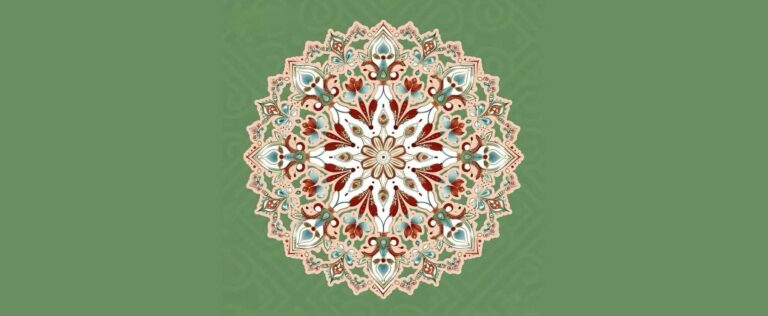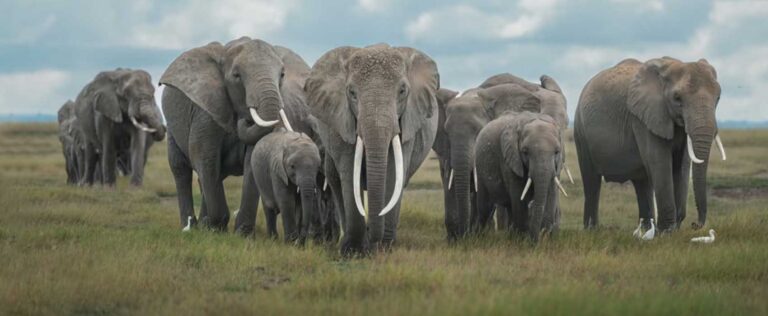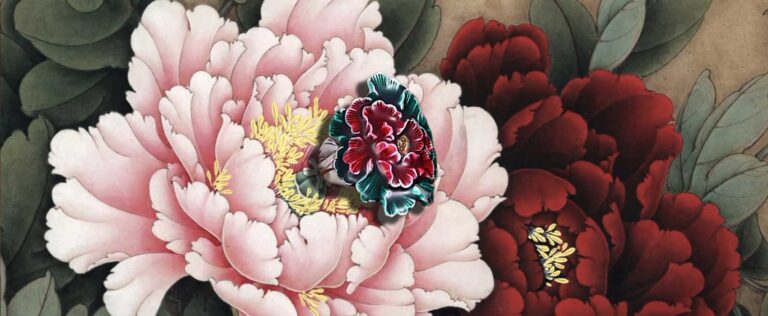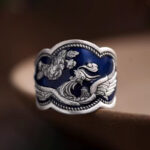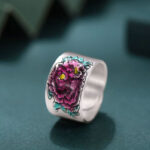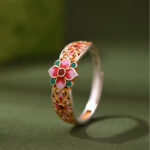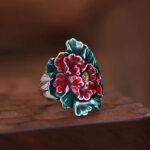YGGDRASIL
Yggdrasil: The Sacred Tree in Norse Mythology
In the rich tapestry of ancient mythologies, few symbols are as enduring and captivating as Yggdrasil, the sacred tree of Norse mythology. This colossal tree is central to the cosmology of the Norse people, connecting the nine realms and serving as a bridge between the mortal and divine. But what is Yggdrasil, and why does it hold such a significant place in the hearts and minds of those who revere it?
What is Yggdrasil?
Yggdrasil is an immense ash tree, often described as so vast that its branches spread out across the heavens and its roots delve into the underworld. It is the axis mundi, the world tree that supports the cosmos and connects the realms of Asgard (home of the gods), Midgard (home of humans), and Niflheim (the realm of the dead), among others.
The Significance of Yggdrasil
Yggdrasil is more than just a tree; it is a symbol of life, death, and rebirth. Its roots draw nourishment from the wells of fate, wisdom, and Hvergelmir, the spring of the dragons. The tree is guarded by an eagle in the sky, a squirrel that runs up and down its trunk, and four harts that feed on its foliage. These creatures represent different aspects of the world and the constant interplay between them.
The Wells of Yggdrasil
Three wells are particularly important in the story of Yggdrasil:
- Urðarbrunnr – The Well of Destiny At the base of Yggdrasil lies Urðarbrunnr, where the Norns, three goddesses who control the destinies of gods and men, gather each day to weave the threads of fate. This well symbolizes the inexorable march of time and the inevitability of destiny.
- Mímisbrunnr – The Well of Wisdom Mímisbrunnr is guarded by the wise giant Mímir. Its waters grant the drinker knowledge and wisdom. Odin, the chief god, sacrificed an eye to drink from this well, gaining the foresight that would guide him in his quest to protect the realms.
- Hvergelmir – The Well of the Netherworld The roots of Yggdrasil extend into Hvergelmir, a spring in Niflheim. This well represents the dark, cold, and mysterious aspects of existence, where the souls of the dead reside.
The Creatures of Yggdrasil
The tree is home to several mythical creatures that play a role in Norse cosmology:
- The Eagle – Perched at the top of Yggdrasil, the eagle represents the highest aspirations and the view from on high. It is said to have the keenest sight of all creatures.
- Ratatoskr – The squirrel that runs up and down the tree, carrying messages between the eagle and Nidhogg, the dragon that gnaws at the roots. Ratatoskr symbolizes the gossip and rumors that spread throughout the realms.
- The Four Stags – These deer feed on the foliage of Yggdrasil, representing the cycles of the seasons and the eternal renewal of life.
The End of Yggdrasil
According to Norse prophecy, Yggdrasil will play a central role in Ragnarok, the end of the world. As the tree withers and dies, the gods, giants, and other creatures will engage in a final battle. From the ashes of this cataclysm, a new world will be born, with a new Yggdrasil at its center.
Yggdrasil in Modern Culture
The image of Yggdrasil continues to inspire artists, writers, and designers. Its themes of connection, balance, and the cyclical nature of life resonate with many, making it a powerful symbol in the modern world.
In conclusion, Yggdrasil is more than just a tree in Norse mythology; it is a symbol of the interconnectedness of all things and the eternal cycle of life and death. Whether you are a student of mythology, a fan of fantasy literature, or simply someone who appreciates the beauty of ancient symbols, Yggdrasil offers a rich tapestry of meaning and inspiration.
Yggdrasil: The Sacred Tree in Norse Mythology
In the rich tapestry of ancient mythologies, few symbols are as enduring and captivating as Yggdrasil, the sacred tree of Norse mythology. This colossal tree is central to the cosmology of the Norse people, connecting the nine realms and serving as a bridge between the mortal and divine. But what is Yggdrasil, and why does it hold such a significant place in the hearts and minds of those who revere it?
What is Yggdrasil?
Yggdrasil is an immense ash tree, often described as so vast that its branches spread out across the heavens and its roots delve into the underworld. It is the axis mundi, the world tree that supports the cosmos and connects the realms of Asgard (home of the gods), Midgard (home of humans), and Niflheim (the realm of the dead), among others.
The Significance of Yggdrasil
Yggdrasil is more than just a tree; it is a symbol of life, death, and rebirth. Its roots draw nourishment from the wells of fate, wisdom, and Hvergelmir, the spring of the dragons. The tree is guarded by an eagle in the sky, a squirrel that runs up and down its trunk, and four harts that feed on its foliage. These creatures represent different aspects of the world and the constant interplay between them.
The Wells of Yggdrasil
Three wells are particularly important in the story of Yggdrasil:
- Urðarbrunnr – The Well of Destiny At the base of Yggdrasil lies Urðarbrunnr, where the Norns, three goddesses who control the destinies of gods and men, gather each day to weave the threads of fate. This well symbolizes the inexorable march of time and the inevitability of destiny.
- Mímisbrunnr – The Well of Wisdom Mímisbrunnr is guarded by the wise giant Mímir. Its waters grant the drinker knowledge and wisdom. Odin, the chief god, sacrificed an eye to drink from this well, gaining the foresight that would guide him in his quest to protect the realms.
- Hvergelmir – The Well of the Netherworld The roots of Yggdrasil extend into Hvergelmir, a spring in Niflheim. This well represents the dark, cold, and mysterious aspects of existence, where the souls of the dead reside.
The Creatures of Yggdrasil
The tree is home to several mythical creatures that play a role in Norse cosmology:
- The Eagle – Perched at the top of Yggdrasil, the eagle represents the highest aspirations and the view from on high. It is said to have the keenest sight of all creatures.
- Ratatoskr – The squirrel that runs up and down the tree, carrying messages between the eagle and Nidhogg, the dragon that gnaws at the roots. Ratatoskr symbolizes the gossip and rumors that spread throughout the realms.
- The Four Stags – These deer feed on the foliage of Yggdrasil, representing the cycles of the seasons and the eternal renewal of life.
The End of Yggdrasil
According to Norse prophecy, Yggdrasil will play a central role in Ragnarok, the end of the world. As the tree withers and dies, the gods, giants, and other creatures will engage in a final battle. From the ashes of this cataclysm, a new world will be born, with a new Yggdrasil at its center.
Yggdrasil in Modern Culture
The image of Yggdrasil continues to inspire artists, writers, and designers. Its themes of connection, balance, and the cyclical nature of life resonate with many, making it a powerful symbol in the modern world.
In conclusion, Yggdrasil is more than just a tree in Norse mythology; it is a symbol of the interconnectedness of all things and the eternal cycle of life and death. Whether you are a student of mythology, a fan of fantasy literature, or simply someone who appreciates the beauty of ancient symbols, Yggdrasil offers a rich tapestry of meaning and inspiration.


